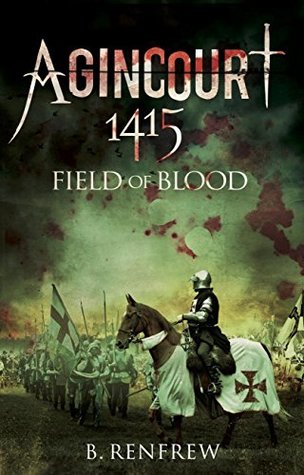More on this book
Kindle Notes & Highlights
A good archer fires ten to fifteen arrows in a minute on the battlefield. And each shaft will hit the target whether it be three hundred yards or three yards distant.”
“Two saints,” Thomas explained enthusiastically. “Crispin and Crispinian. They are the patron saints of shoemakers, saddlers and tanners.”
The arrows hammered into the lines of enemy horsemen a second later. Many of the shafts thudded harmlessly into the mud; many bounced off the riders’ helmets and armour; many were deflected by the iron plates and thick leather protecting the horses. But even the strongest armour has weaknesses, and gaps must be left so that men and horses can move, see and breathe. Dozens of arrows found such openings.
Stories and songs speak of two knights fighting for hours, exchanging hundreds of blows, but any man who has survived a battle knows most face-to-face contests are decided in seconds with no more than a blow or two.
Both butchers nodded apprehensively. Neither had been happy when they were sent to work under the surgeon. They were even less pleased on learning their chore was to cut up the bodies of York and the earl of Suffolk. The corpses would be boiled down to the bones, which would be taken home for burial. It was a special privilege reserved only for the highest nobles; lesser men were buried where they fell.


